Curriculum
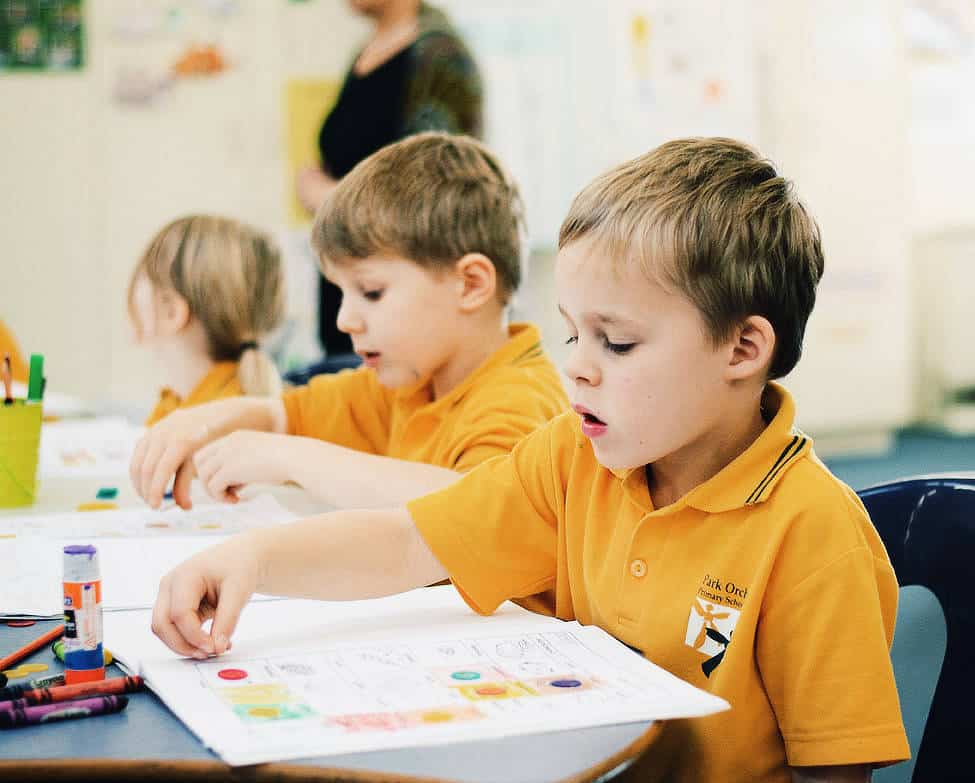
How and what we teach
POPS Curriculum
The core purpose of Park Orchards Primary School is to provide an inclusive and rigorous learning environment that challenges and engages young people to grow as passionate learners. The school seeks to develop motivated, creative and independent learners who demonstrate strong social values and whose leadership, resilience and self-esteem are evident when interacting with the community.
Our school encourages its students to strive for excellence in all their endeavours. To achieve this, the school provides sequential teaching and learning programs that deliver a comprehensive, broadly based and inclusive curriculum.
READING
Reading is a vital life skill and a lifelong source of joy, imagination, and knowledge. It opens the door to learning, creativity, and understanding the world.
At POPS, our dedicated teachers use evidence-based approaches informed by the science of reading to deliver high-quality, structured literacy lessons.
A key framework we use is The Big 6 (Konza, 2014), which outlines the essential elements of reading:
-
Oral Language – Speaking and listening to share ideas and emotions
-
Phonemic Awareness – Hearing and working with sounds in words
-
Phonics – Linking letters with their corresponding sounds
-
Fluency – Reading with accuracy, speed, and expression
-
Vocabulary – Understanding and using a wide range of words
-
Comprehension – Making meaning from text
In Foundation to Year 2, we prioritise daily, explicit teaching of phonics and phonemic awareness through a systematic synthetic phonics approach. Students learn to blend and segment sounds, use decodable books, and build reading fluency, step by step. This structured approach sets children up for reading success now and into the future.
Writing
The Independent Writing Workshop, like the Reading Workshop, is a method of teaching writing using a workshop method. Students are given opportunities to write in a variety of genres and this helps foster a love of writing. The Independent Writing Workshop allows teachers to meet the needs of their students by differentiating their instruction and gearing instruction based on information gathered throughout the workshop.
Basic Structure of the Independent Writing Workshop
- MINI LESSON: The mini-lessons for Writing Workshop teach concepts, strategies, and techniques for writing while encouraging students to write in different genres or styles.
- INDEPENDENT WRITING FOR ALL STUDENTS: Most time of Writing Workshop is devoted to independent writing. During this time, students are prewriting, drafting, revising, editing, and publishing their pieces. Depending on the age and abilities of the students, independent writing can be as short as 15 minutes or as long as 45-60 minutes.
- SHARE TIME/CLOSING CONVERSATIONS: Sharing is an extremely important component of the Writing Workshop. During the share portion, students contribute what they did during their independent writing time, either with the whole group or with a peer. This gives students the opportunity to observe and learn from each other.
Literature about the Independent Writing Workshop:
Spelling
At P.O.P.S. all teachers use Sound Waves to teach spelling. Sound Waves is a word study program designed to develop reading, spelling and writing skills through phonemic awareness. Phonemic awareness is essentially a knowledge and understanding of the sounds and sound patterns of our language. The Sound Waves approach uses a sound-to-letter strategy, which acknowledges that sounds can be represented in more than one way. The Sound Waves approach focuses first on the basic units of sound in our language – phonemes. It then explores the letters that represent these sounds and how they can be put together to form the words in our language.
The four most important teaching steps in any Sound Waves week.
- Identify the Sound
- Brainstorm
- Sound Waves Student Book Activities
- Correct the Student Book Activities
Numeracy
At POPS, we foster a lifelong love of learning through a maths curriculum that is engaging, challenging, and fun, built on confidence, curiosity, and critical thinking.
Our goal is for every student to deeply understand key concepts, build fluency, and become confident problem solvers who can apply maths in real, meaningful ways.
Our Approach to Mathematics
We focus on four core concepts, our “big ideas” in maths learning, that help students build a strong foundation:
-
Number Sense – Developing an intuitive feel for numbers and their relationships.
-
Place Value – Understanding how digit position determines value.
-
Multiplicative Thinking – Exploring multiplication and division as tools for deeper understanding.
-
Fractional Thinking – Building a strong grasp of fractions and their everyday applications.
By connecting these concepts, we create a clear, structured learning journey where students grow in confidence and capability.
Building Mathematical Proficiency
The updated Victorian Curriculum 2.0 highlights four key proficiencies essential to maths success:
-
Fluency – Accuracy, speed, and confidence in calculations.
-
Understanding – Grasping concepts and applying them flexibly.
-
Problem-Solving – Tackling real-world challenges using maths.
Science
At P.O.P.S we use the PrimaryConnections 5Es teaching and learning approach is based on leading education research and encompasses:
- a 5Es teaching and learning model with distinct phases that structure the learning journey
- an inquiry and investigative approach that allows students’ questions to become the focus for student-planned investigations and the basis for developing scientific explanations
- students representing and re-representing their understanding using a variety of different literacies
- embedded, authentic assessment, including lots of formative assessment for learning
- collaborative learning opportunities, promoting more effective learning but also interpersonal skills such as engaging respectfully with other people’s ideas
- identifying linkages within the curriculum and outside of the classroom, to drive authentic and purposeful learning
- a focus on developing evidence-based reasoning and critical thinking skills
- Incorporating Indigenous perspectives
Students whose teachers use our teaching and learning approach have been shown to have higher achievement in science, the literacies of science, and literacy more generally.
For more details visit Primary Connections
Geography
Foundation to Year 4
Laying the foundations
As a starting point for learning students engage with their own experiences to help them understand the world around them. Students develop their spatial awareness through a consideration of the local community, the different groups in society and their place in one or more groups. By seeing and hearing about other places outside their experience, their sense of curiosity and wonder leads them to consider how and why other places are different from their own. Towards the end of Year 4 students distinguish and describe the natural and built features of the environments identifying and explaining changes. They make comparisons between a variety of places and develop their understanding of the geography of Victoria. They begin to develop an understanding of the interconnected nature of the world.
In these years students develop their knowledge and spatial awareness about where home, school and the playground are located and where they are in relation to one another. They extend their understanding to the geography of their local area and investigate and describe elements of the natural and human environments. Students develop a vocabulary to describe their observations and investigations.
Early in this stage students are involved in the drawing of simple pictorial maps of where they are in space in relation to other phenomena. Students develop increasingly sophisticated map skills enabling them to visualise and describe location and direction using grids and compass points.
Students explore how and why natural factors and human activities affect their lives. Beginning in their local environment, for example, selecting safe routes to schools (spatial concepts of location, direction and distance) they progress to group and collaborative tasks and consider environmental differences and resource management throughout Australia.
Years 5 to 8
Building breadth and depth
In these years with increasing cognitive development and experience, students begin to develop a breadth of understanding about natural processes and human activities beyond their immediate environment. They develop an expanded understanding of Australia and the region of which Australia is a part – the Asia-Pacific. Students begin to apply the more abstract cognitive processes to environmental issues.
Students apply their spatial awareness in a more sophisticated way to more complex questions and issues through the use of additional core concepts such as spatial interaction, movement, region and scale. Students identify patterns and processes in natural environments and human activities to understand increasingly complex interactions of physical and human phenomena within Australian and other environments and to generalise from particular contexts. They learn to use a process of inquiry that asks: What? Where? How? Why? What ought? They investigate environmental issues and analyse different perspectives and consider possible solutions to current and future challenges to enable sustainable use of resources. They describe and explain spatial changes through time from their own direct observation and by comparing maps, photographs and other visual media.
Students describe specific locations through reading and interpreting topographic and other large-scale maps. They apply their understanding of scale (distance), grids (location), compass bearings (direction) and legend to identify features and patterns and interpret trends when using maps as sources of information.
History
The History curriculum aims to ensure that students develop:
- interest in, and enjoyment of, historical study for lifelong learning and work, including their capacity and willingness to be informed and active citizens
- knowledge, understanding and appreciation of the past and the forces that shape societies, including Australian society
- understanding and use of historical concepts and skills, including sequencing chronology, using historical sources as evidence, identifying continuity and change, analysing cause and effect and determining the historical significance
- capacity to undertake the historical inquiry, including skills in the analysis and use of sources, and an explanation and communication of arguments.
Students at P.O.P.S. focus on:
| Foundation – Level 2 | Personal histories |
|---|---|
| Community histories | |
| Levels 3 and 4 | Community, remembrance and celebrations |
| First contacts | |
| Levels 5 and 6 | The Australian colonies |
| Australia as a nation |
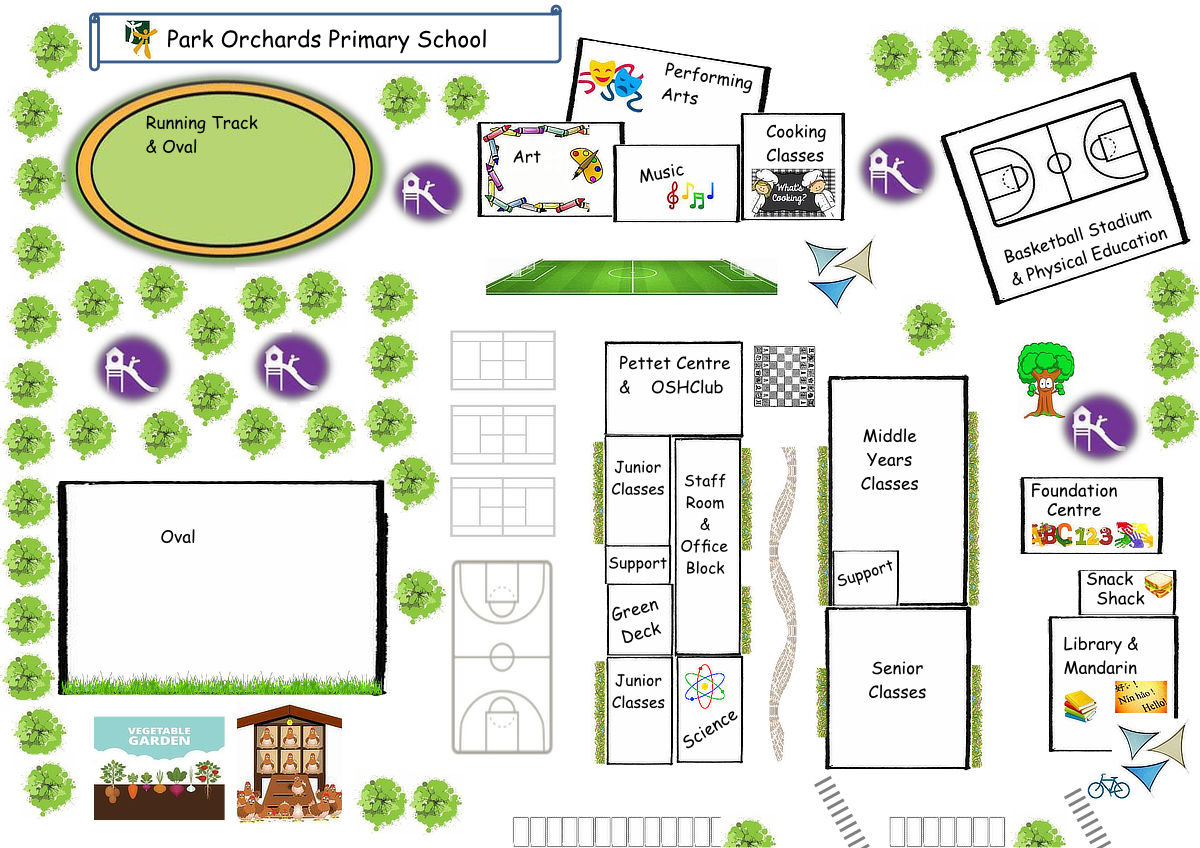
Running Track & Oval
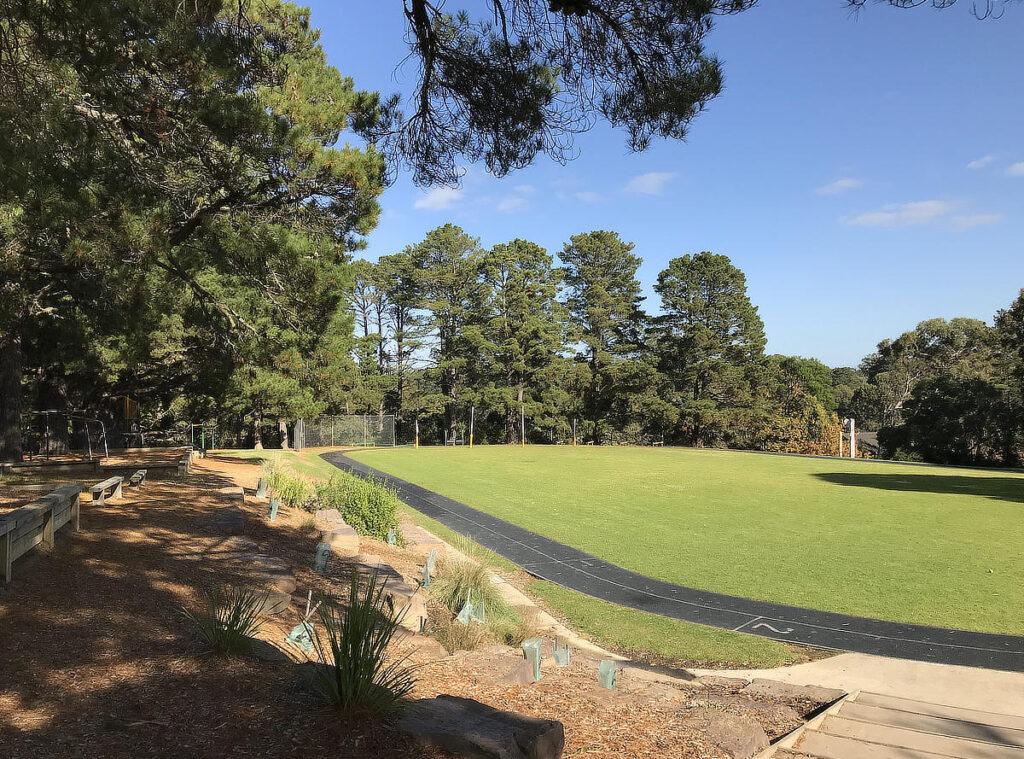
Running Track & Oval
Basketball Stadium
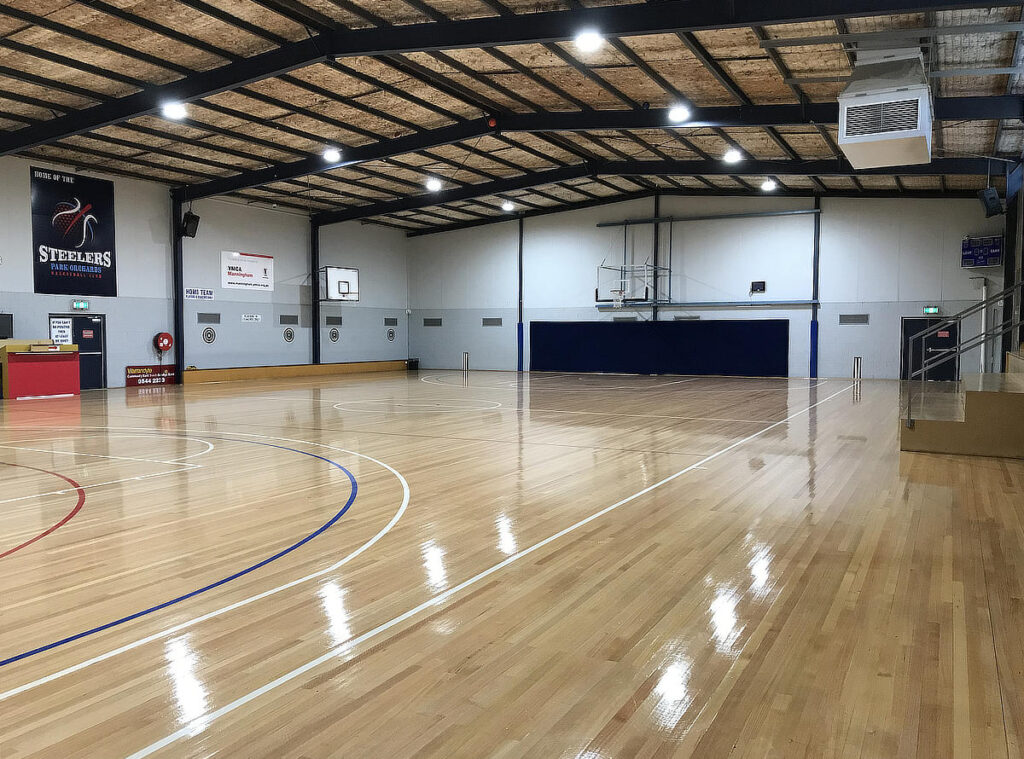
Basketball Stadium
Pettet Centre

Pettet Centre
Performance Area
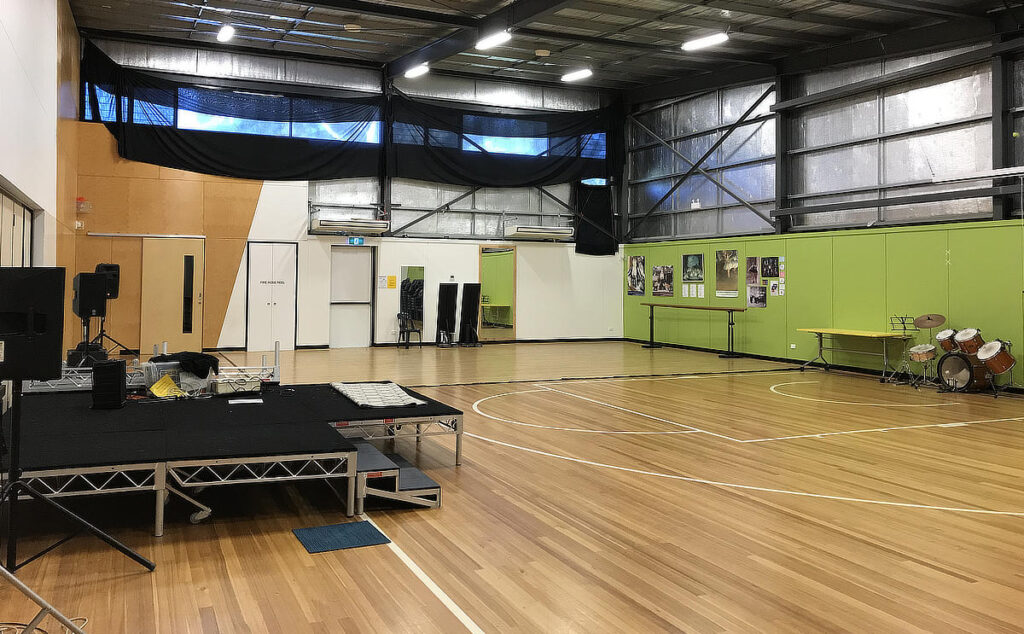
Performance Area
Cucina - Cooking Classes
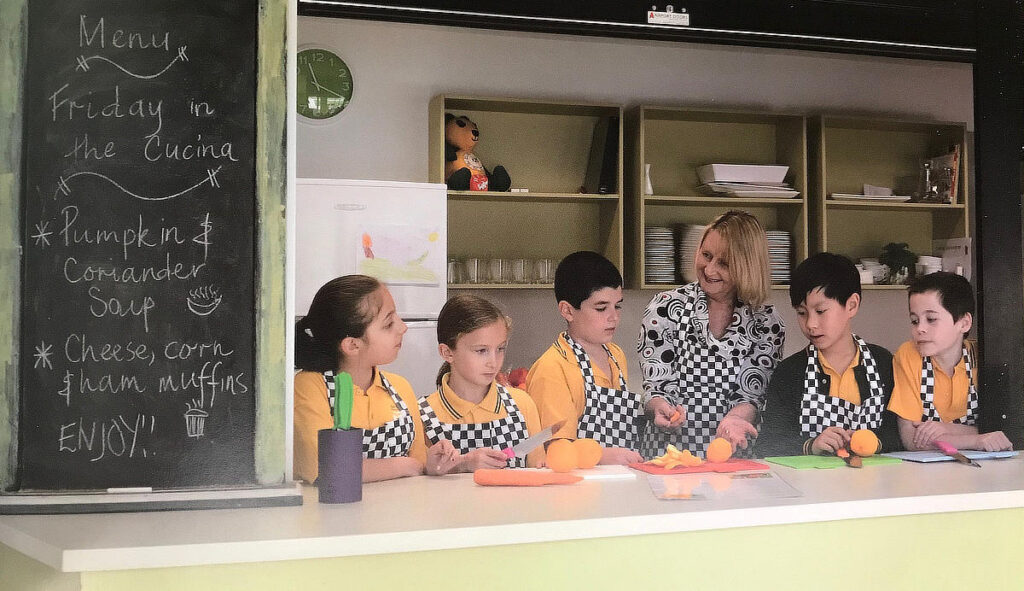
Cucina - Cooking Classes
Art Room
Art Room
Music Room
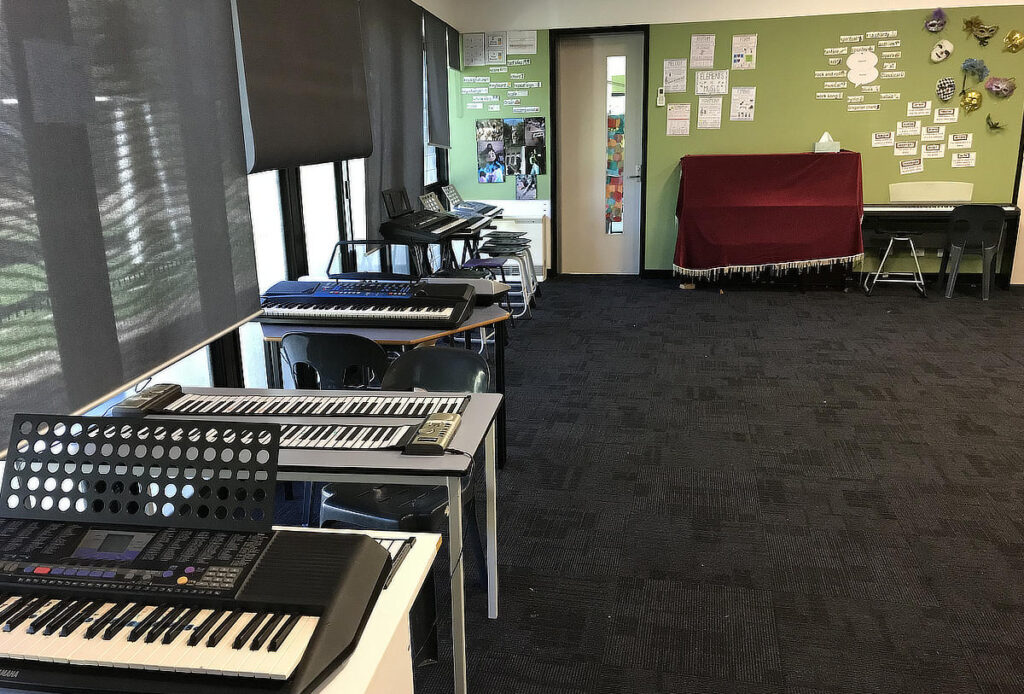
Music Room
Library
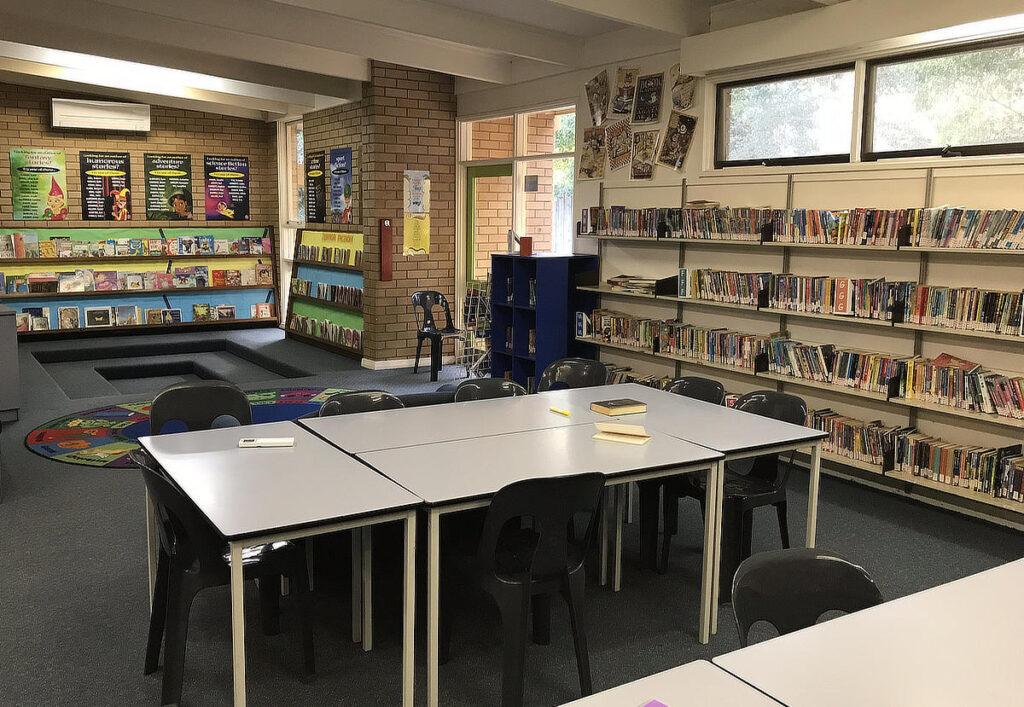
Library
Vegetable Garden
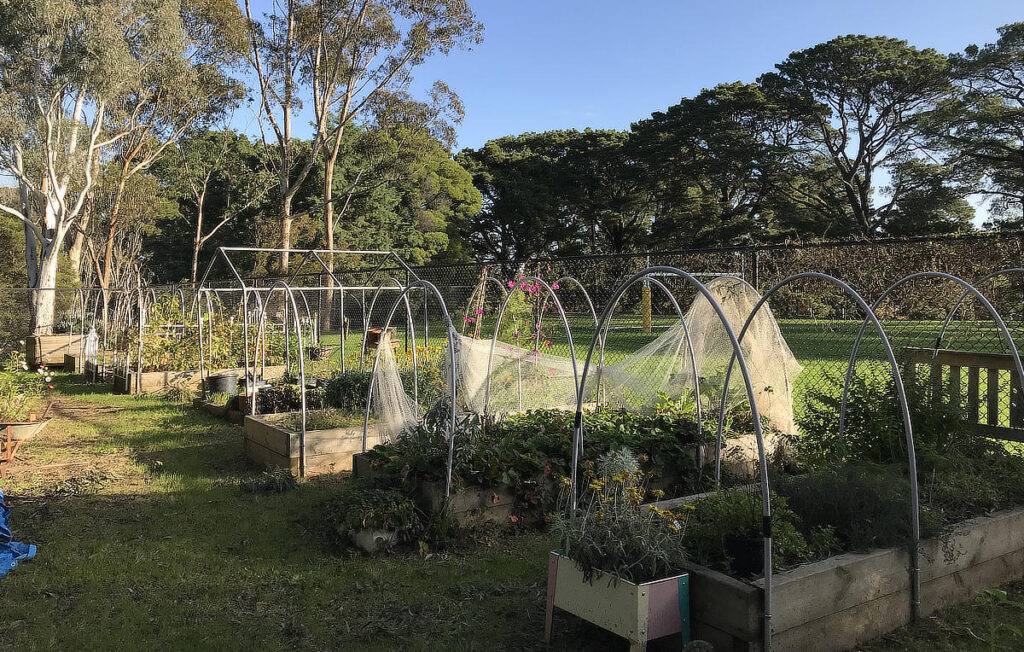
Chook Resort

Chook Resort
Junior Classrooms
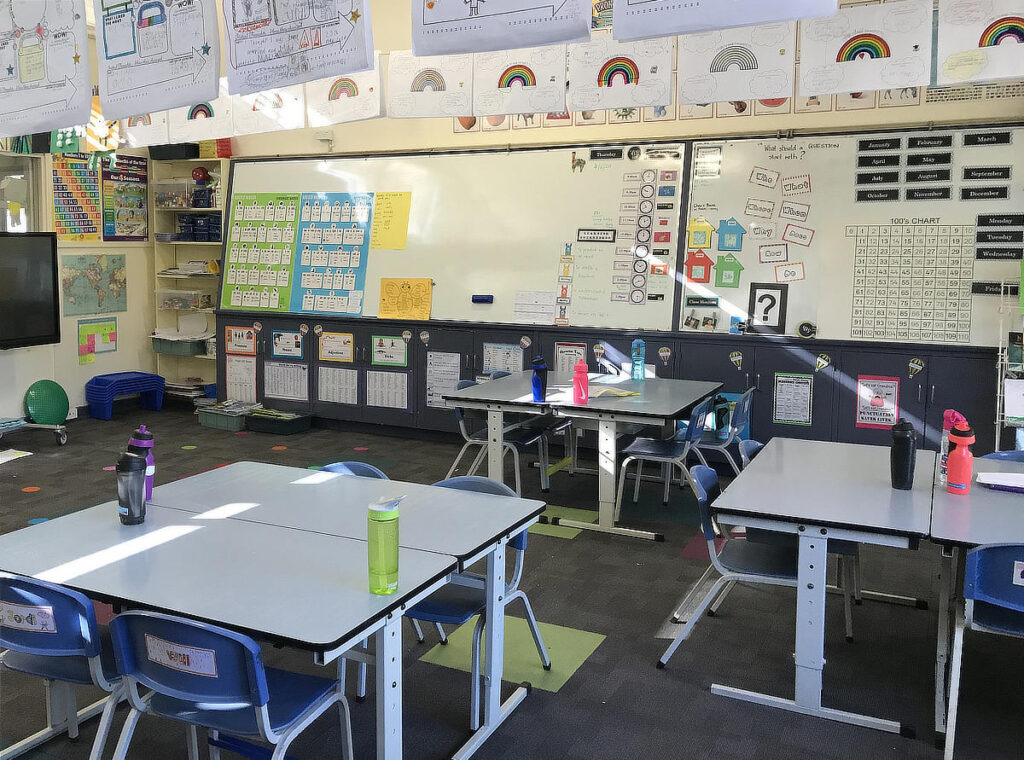
Junior Classrooms
Senior Classrooms
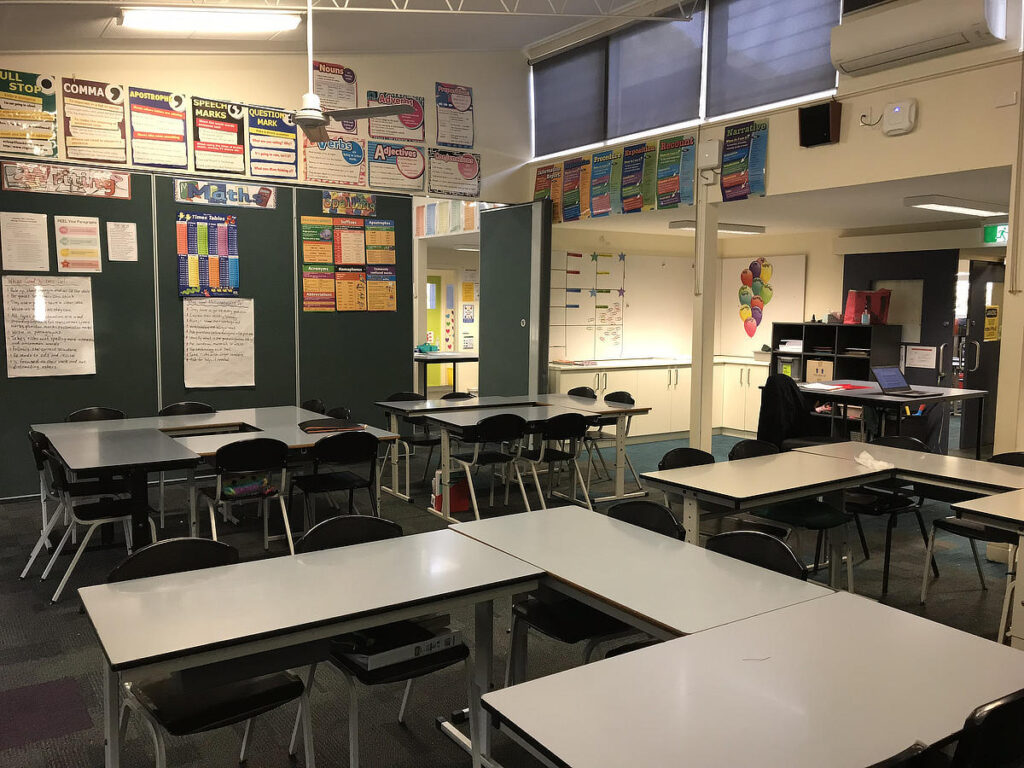
Senior Classrooms
Green Room
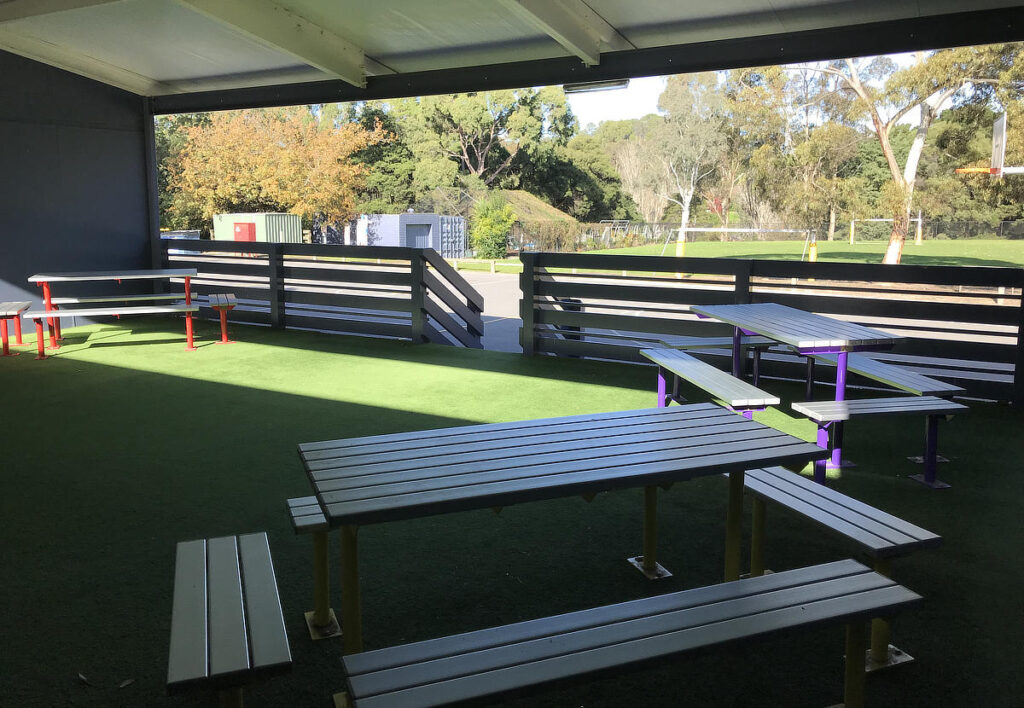
Green Room
Prep Centre
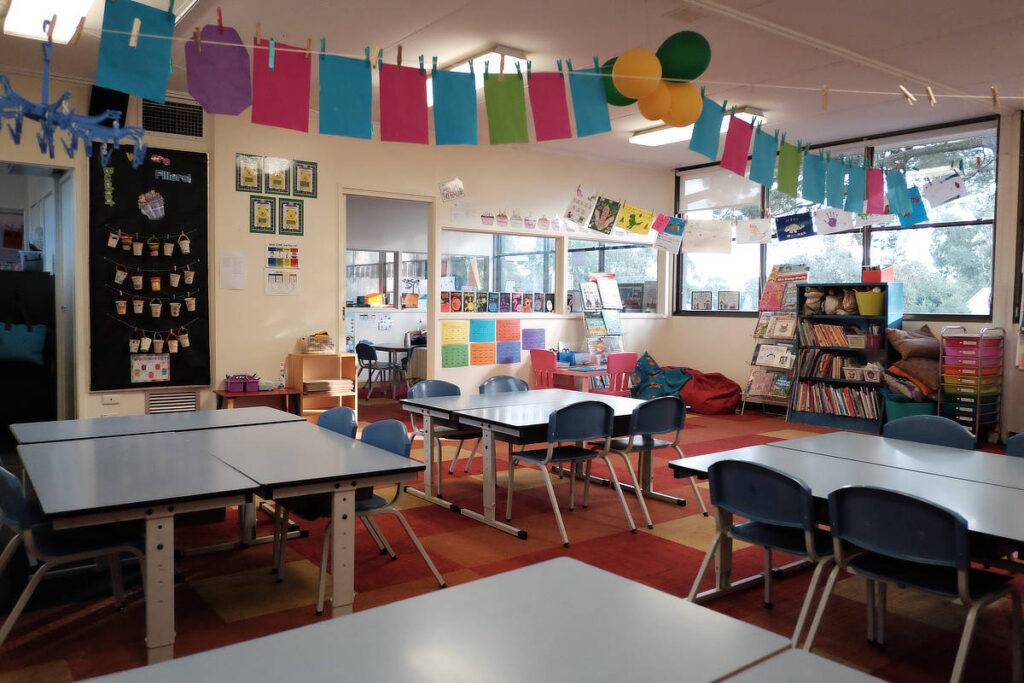
Prep Centre
Science Room
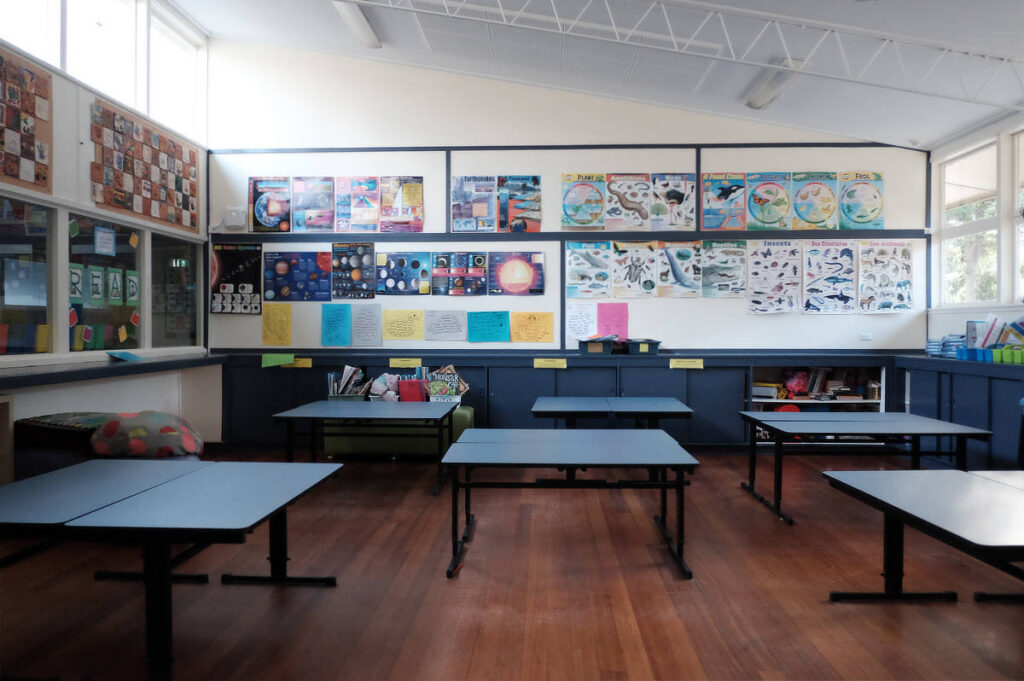
Science Room
Sheltered Sports Play Area
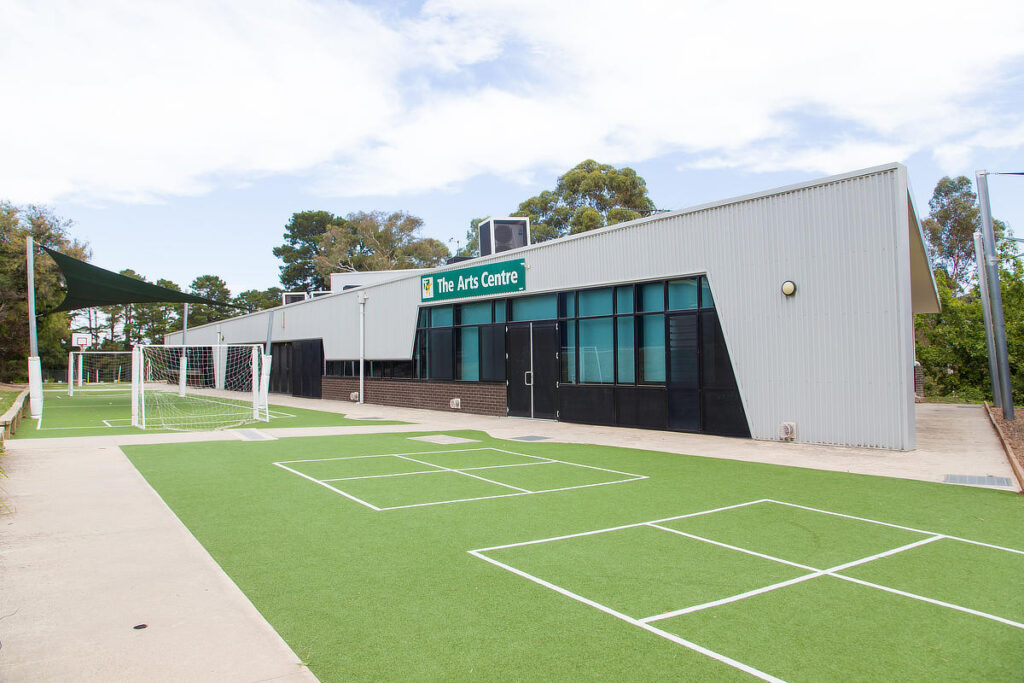
Sheltered Sports Play Area
Foundation Playground
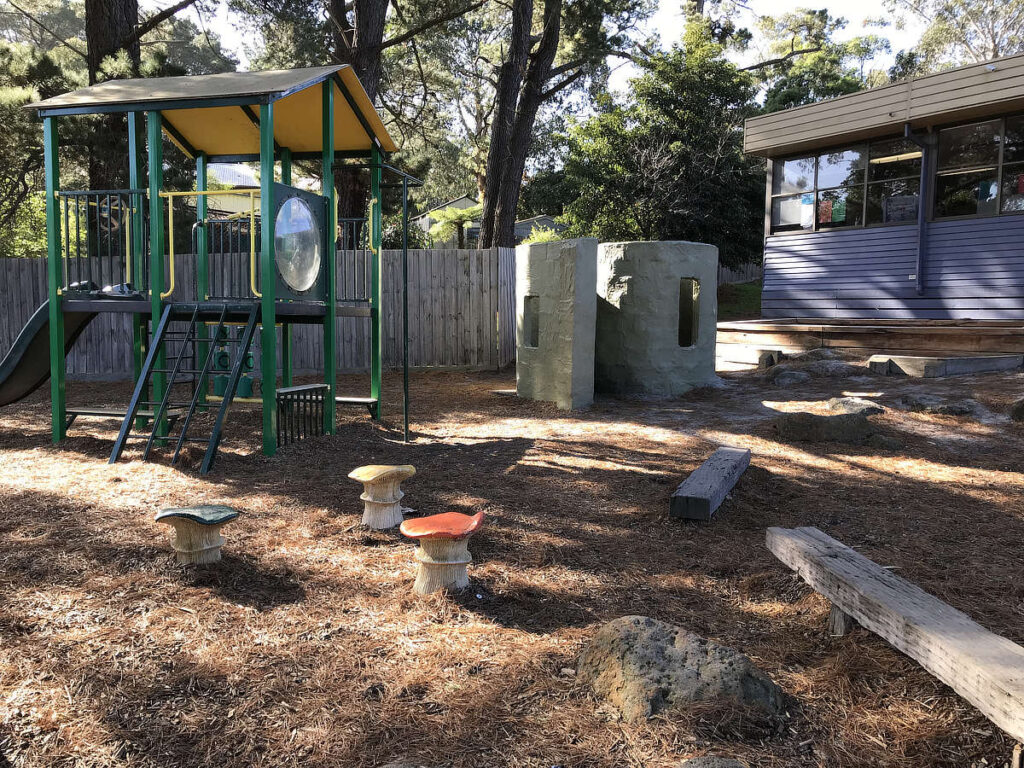
Playground
Junior Playground
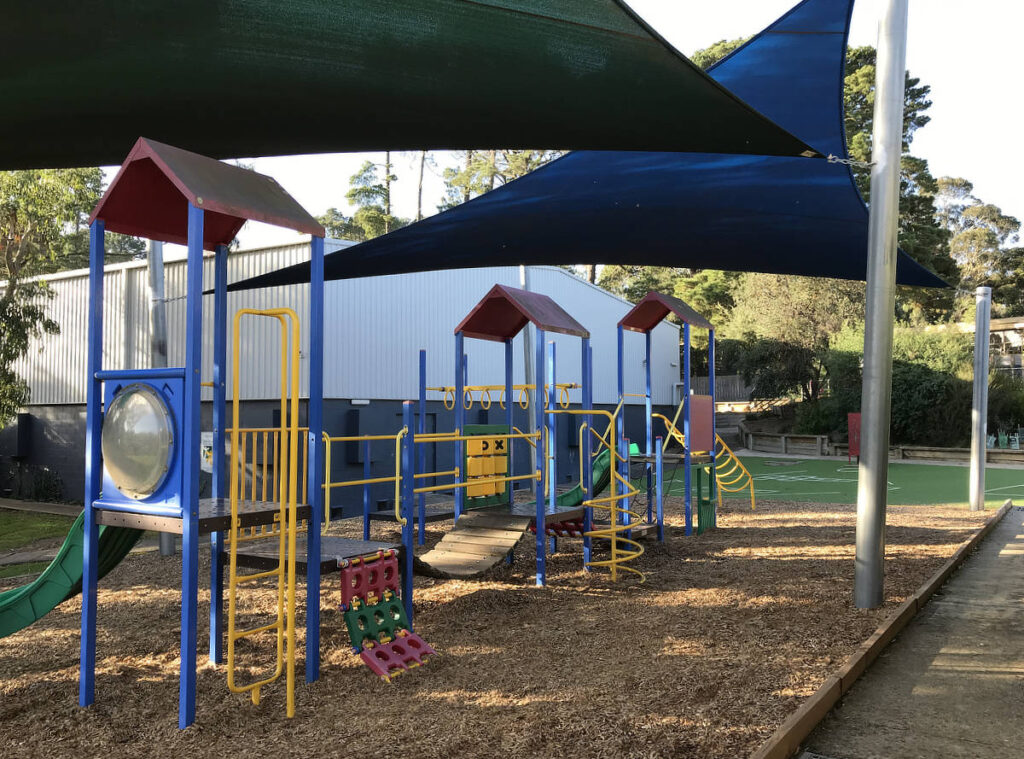
Junior Playground
Middle Playground
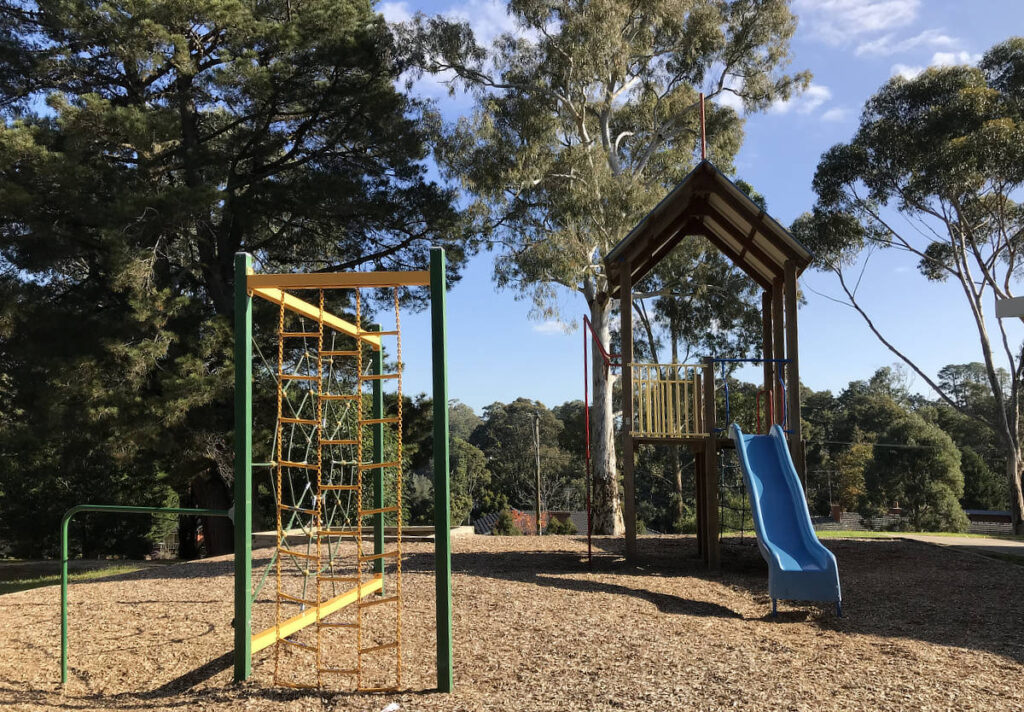
Middle Playground
Senior Playground
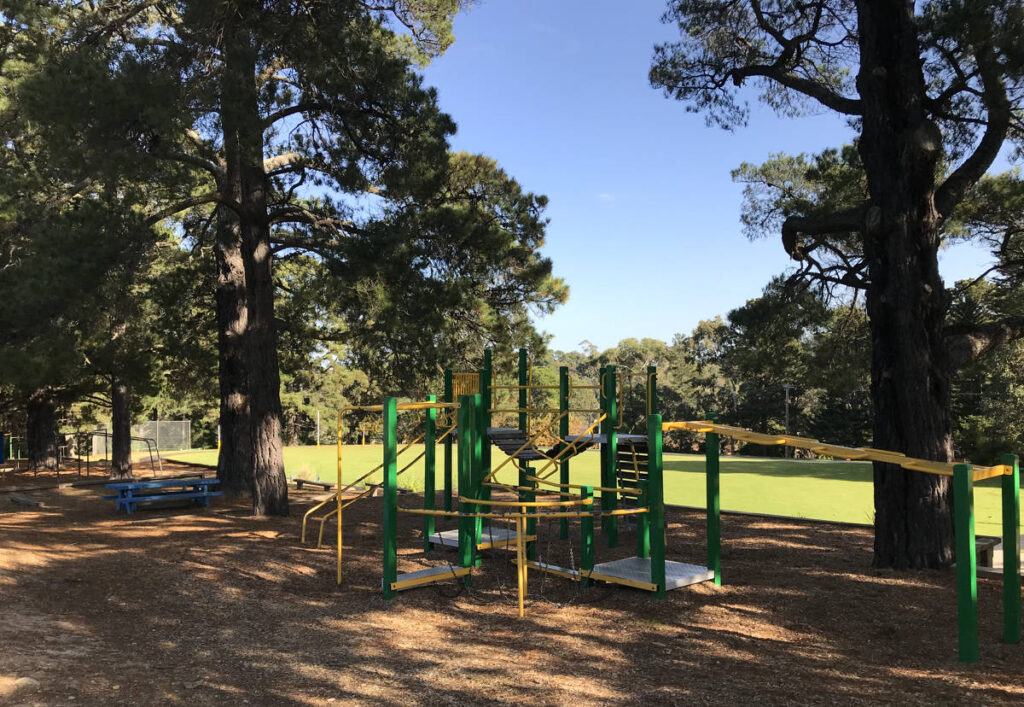
Senior Playground
Middle Years Classrooms
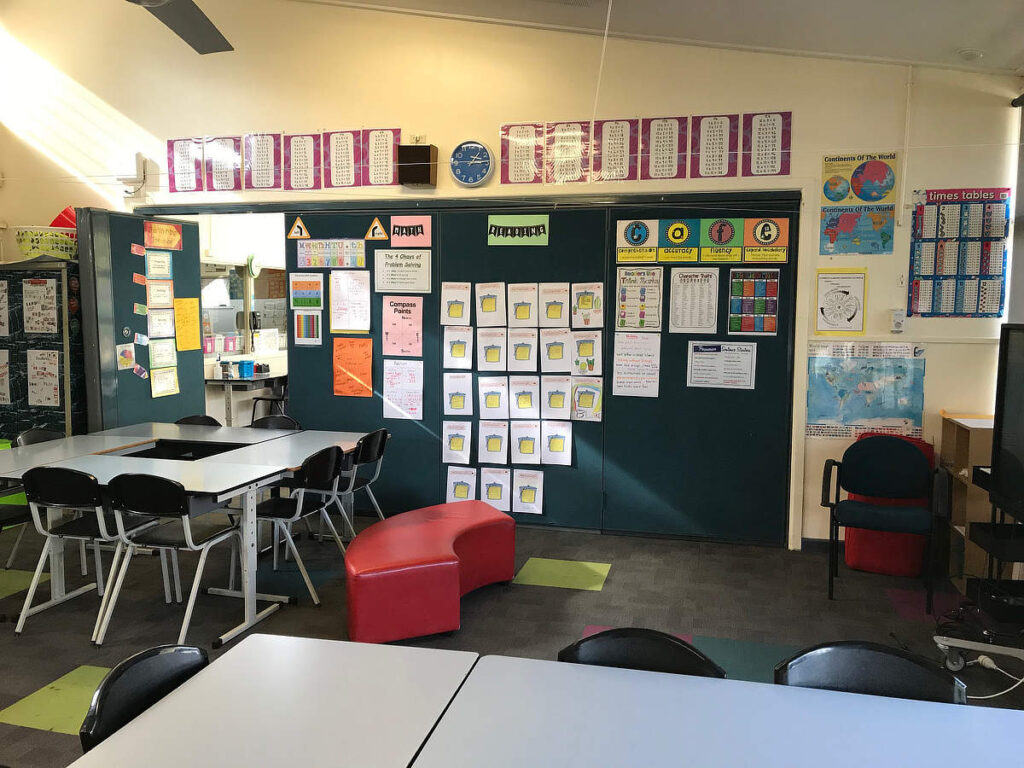
Middle Years Classrooms
Support Room A
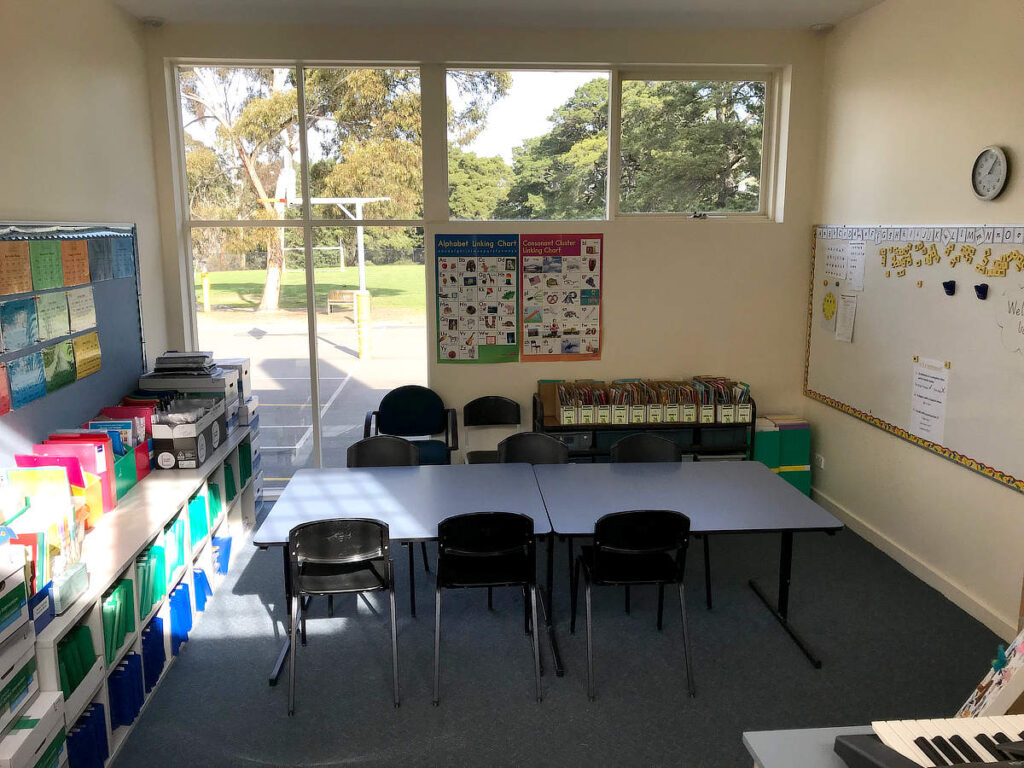
Support Room A
Support Room B
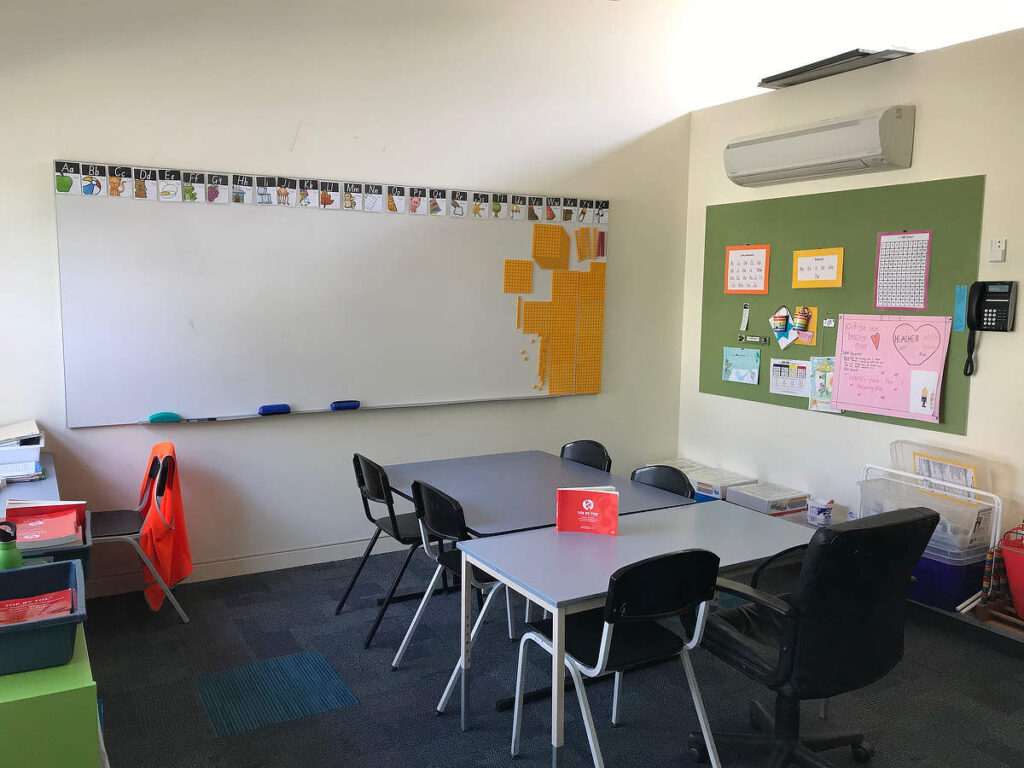
Support Room B

Running Track & Oval

Running Track & Oval
Basketball Stadium

Basketball Stadium
Pettet Centre

Pettet Centre
Performance Area

Performance Area
Cucina - Cooking Classes

Cucina - Cooking Classes
Art Room
Art Room
Music Room

Music Room
Library

Library
Vegetable Garden

Chook Resort

Chook Resort
Junior Classrooms

Junior Classrooms
Senior Classrooms

Senior Classrooms
Green Room

Green Room
Prep Centre

Prep Centre
Science Room

Science Room
Sheltered Sports Play Area

Sheltered Sports Play Area
Foundation Playground

Playground
Junior Playground

Junior Playground
Middle Playground

Middle Playground
Senior Playground

Senior Playground
Middle Years Classrooms

Middle Years Classrooms
Support Room A

Support Room A
Support Room B

Support Room B
Victorian Curriculum
The Victorian Curriculum F–10 is structured as a continuum across levels of learning achievement not years of schooling. This enables the development of targeted learning programs for all students, where the curriculum is used to plan in relation to the actual learning level of each student rather than their assumed level of learning based on age.
Foundation stage (F–Year 2)
The focus is on the five curriculum areas of English, Mathematics, The Arts, Health and Physical Education, and Personal and Social capability. These areas all have a standard at Foundation.
Breadth stage (Year 3–6)
Students have the opportunity to fully engage with all learning areas and capabilities, with a focus on English, Mathematics, Science.
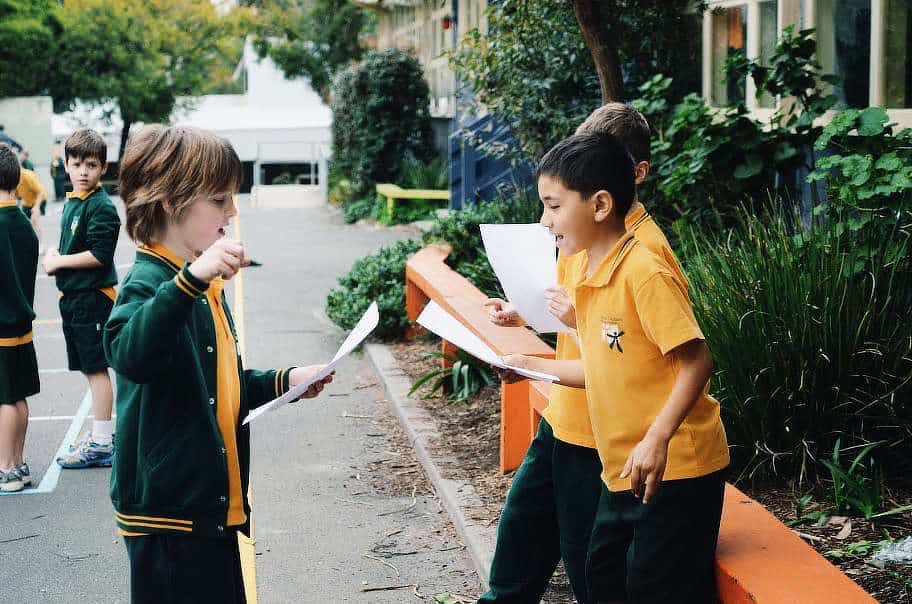
Assessment and Reporting
Assessment definition
Assessment is the ongoing process of gathering, analysing and reflecting on evidence to make informed and consistent judgments to improve future student learning.
Purposes of assessment
The primary purpose of assessment is to improve student performance. Good assessment is based on a vision of the types of learning we most value for students and how they might best achieve these. It sets out to measure what matters most.
The reporting system at our school involves:
- A parent-teacher conference at the beginning of the school year for all Foundation students. A parent–teacher conversation (’getting to know you’) for Years 1- 6 students early in the year.
- A written report and a parent-teacher conference in June.
- A written report in December.
Teacher parent conversations happen whenever required at parent or teacher invitation.
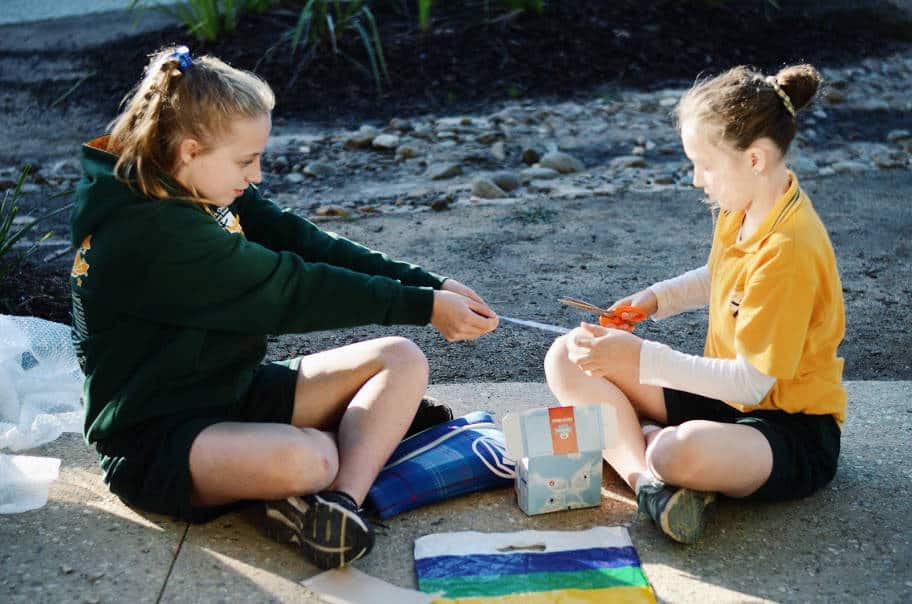
Challenge and Support Programs
Students who need extra support have Individual Student Education Plans developed with individual goals for all students. From level 1 to 4, Education Support Staff provide support and consultation with the class teachers and parents of students involved. Reading Recovery is provided to eligible children in year one. The program involves a specially trained teacher working one on one daily in thirty minute sessions for twenty weeks to develop reading and writing skills.
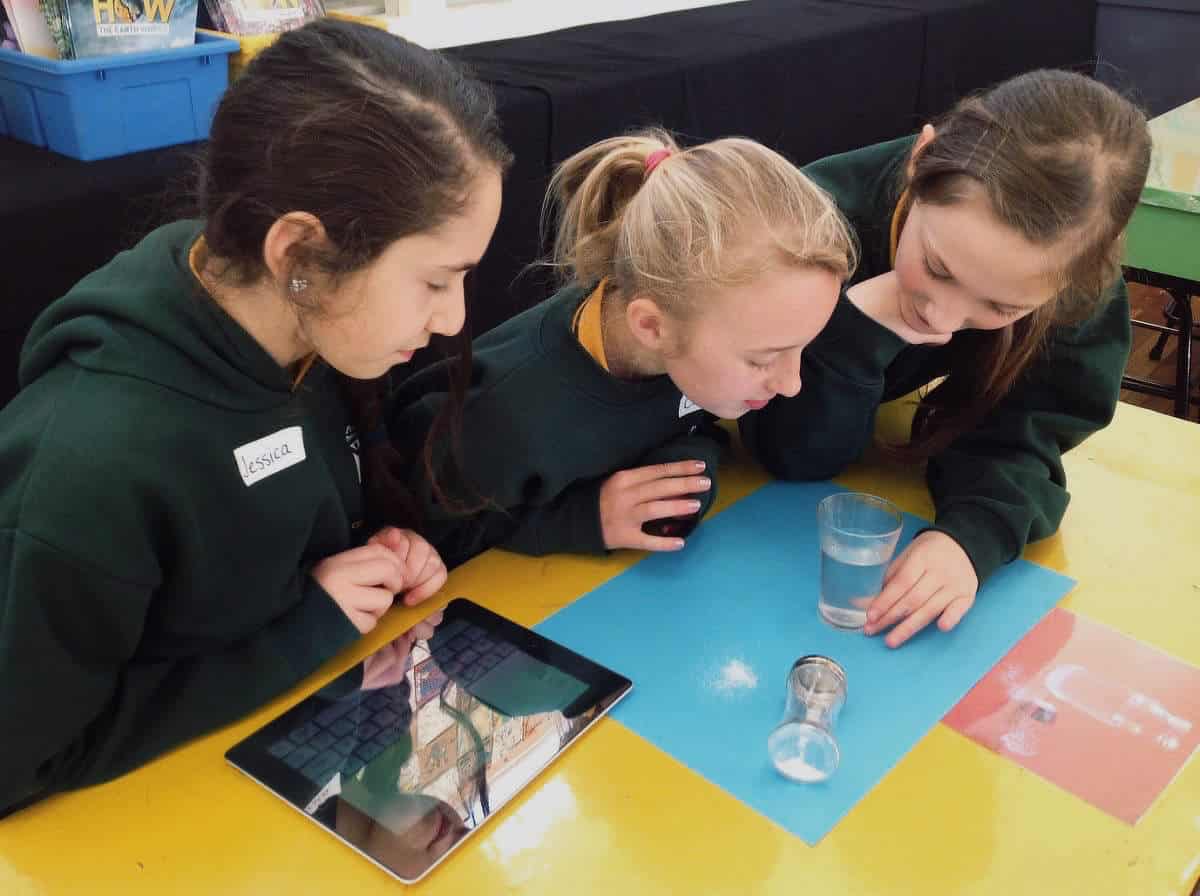
Learning Technologies
Our school is well equipped with a variety of digital ICT resources, such as digital movie cameras and web cams. All classrooms have multiple computers which are connected in a school wide curriculum network. Students also have frequent access to a well-appointed computer laboratory. The school also has six interactive whiteboards installed in every flexible learning space across the school.
Students use learning technologies as a tool for research, communication and to enhance learning in key learning areas. Exciting learning tasks are developed using the skills of research through the Internet and presentation of information through programs including Word, Excel and PowerPoint. Students enjoy communicating with other classes, schools and countries through different projects.
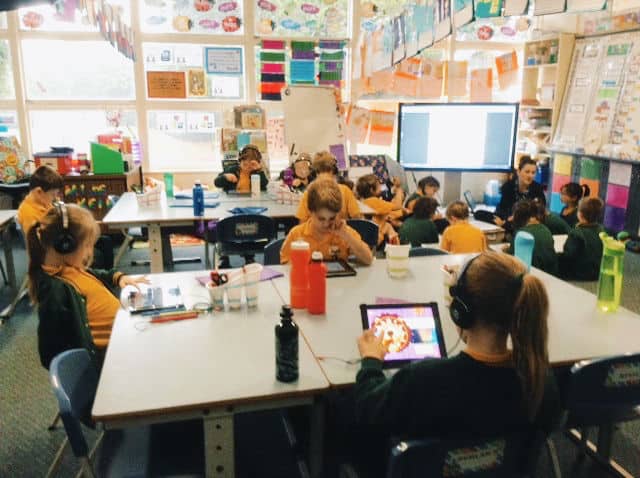
Webex@P.O.P.S
How can P.O.P.S parents/carers get ready for class meetings?
- Firstly, you need internet connected to your device.
- Next, if you’d like to test your capacity to use Webex with your home network (which will vary at different times of day), click on this quick media test.
- Parents can view the desktop application at Eduvic Webex. (This page also has details on how to download the Webex Desktop App and Mobile Apps, if you prefer. However, sometimes the browser is more reliable.
- Decide where your child will sit for their meetings. They need to be set up in a family-friendly space (not a bedroom please).
How does my child join their class meetings at P.O.P.S?
- Your child’s teacher sends a Compass post with the class meeting number and password which must be used to join the meeting. KEEP THIS SAFE.
- Before the class meeting starts, open your browser to Eduvic Webex, or your Webex App (less preferred option).
- Enter the 9 digit meeting number from the Compass post in the ‘Meeting Information’ field, then press ‘Enter’.
- Enter the meeting password provided by your child’s teacher, and press ‘Enter’.
- Click JOIN or JOIN MEETING.
- When prompted, enter your child’s first name and initial of their last name (e.g. Simon T).
Enter the parent’s email address (that will be the parent who is with that child at the meeting time).
This email address will not be displayed in the meeting. - Your child’s teacher will plan to open the meeting on time and students cannot ‘enter’ until this happens.
- All student microphones are muted to start a meeting and only the teacher can individually unmute students to participate.
- If a meeting has not started 10 minutes after the official start time, please consider it cancelled. If this does happen to you, it will most likely be due to technical issues, so please prepare your child to be resilient.
- The class teacher will end the meeting at the scheduled time.
Specialist & Support Programs
Programs which support the core curriculum.
Physical Education
Physical Education is provided through a specialist program with emphasis on Fundamental Skill Development. Students in years three and four are involved in a variety of sport activities weekly within the school. Students in years five and six participate in weekly interschool sport with other local schools. Students are also given the opportunities to participate in district, zone and state athletics, swimming, cross country and team sports. A house system is used within the school for athletics and cross-country school events. Swimming programs are available for all students.
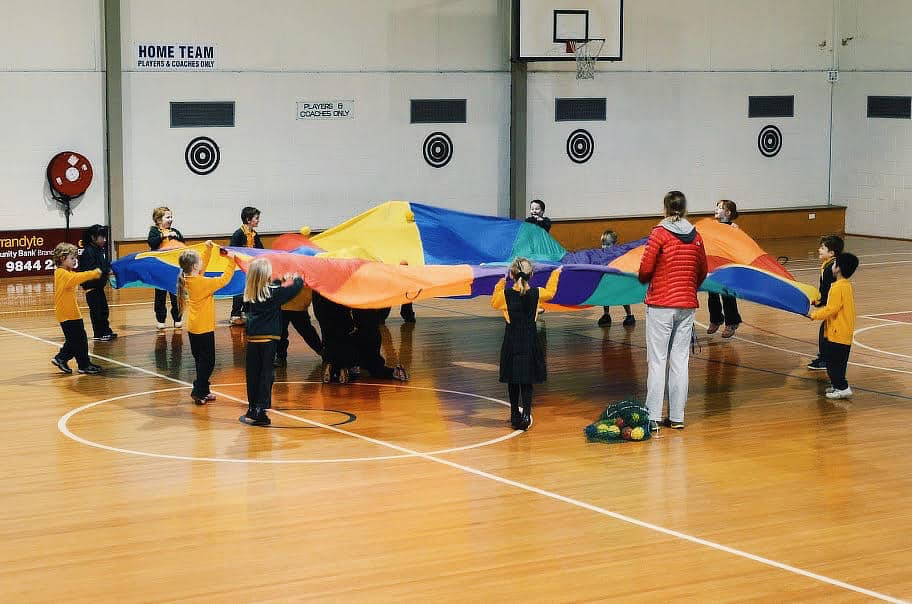
Language Other than English – LOTE
Mandarin
All students receive a weekly session of Mandarin with a specialist teacher, students are involved in learning to speak and write the language as well as appreciation of the cultures. We have a Sister School relationship with Jinling Primary School in Nanjing, China. Our first student exchange trip to China was in 2014 and in 2015 students from our Sister School visited POPS, followed by our second exchange to China in 2018. We have continued this exchange program and developing and strengthening the relationship POPS has established with Jinling Primary School.
The Arts
Our Performing Arts Centre has visual art and music lessons in well-resourced and modern art and music rooms. A specialist visual arts program is provided weekly by an art specialist. All mediums are taught with an emphasis on student skill development and enjoyment. Students enjoy a weekly music program provided by a music specialist. The program involves music appreciation, percussion and music theory. An instrumental music program is also provided within school hours, students have the option of learning a variety of instruments. Students are also able to join either the Junior or Senior school choirs that rehearse weekly and regularly perform in the local community. Drama is conducted in classrooms and as part of the Music program through concerts and school productions.
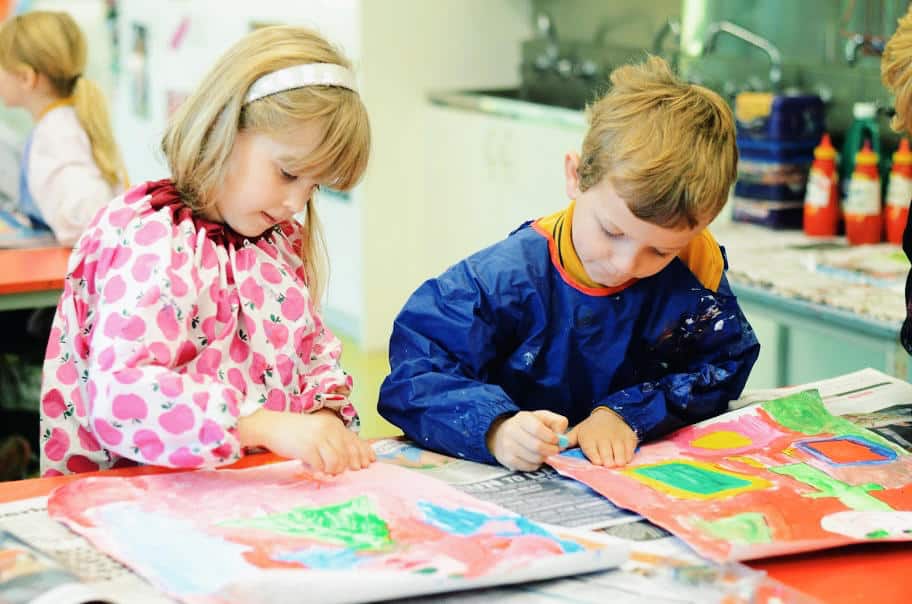
Sustainable School Program
We are working towards being a Resource Smart Australian Sustainable School (AUSSI Vic), which is an accredited program through Sustainability Victoria. Projects associated with this initiative have included the vegetable garden and hens, recycling and waste reduction. All classrooms have recycle and compost bins and recycle bins have been placed in the canteen and safety areas. The key concept with this initiative is to give our students the opportunity to develop their understanding of how they can contribute to the sustainability of our planet and the importance of this for all members of our community.
